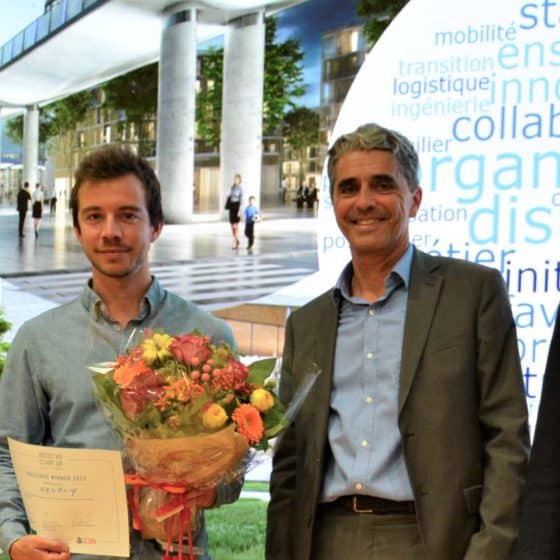Harnessing innovation and digital technology to anticipate hospital developments
How do we design the hospital of tomorrow so that it can adapt to the shift to ambulatory care, rapidly evolving health technologies and techniques, and input from digital technology and artificial intelligence? To assist its clients in designing hospitals and research laboratories, BG has created a Heath Competence Centre to bring together the worlds of construction, medical and industrial engineering.

Building a hospital today means running the risk that it will quickly become obsolete or that it will already be obsolete once it goes into service.
Jean-Paul Gandolfi, BG’s Commercial Director and a member of its Health Competence Centre, does not beat about the bush when it comes to highlighting the difficulties faced by hospital designers. Between the shift to ambulatory care, designed to improve patient well-being by reducing time spent in hospital, and the advances in medicine, particularly through computerisation, robotisation and digitalisation, planning a hospital is a complex undertaking. The Health Competence Centre team has identified four principles: “The hospital of tomorrow must be resilient, ecological, agile and caring.”
Combining technology and patient care
The architectural design of the hospital must anticipate future changes in needs and resources (technologies), by offering more flexible spaces and multifunctional areas, composed of highly specialised technical platforms. The digital dimension will also shape the contours of future establishments. Designers need to integrate digital tools very early on in the construction process, as digital technology will have a strong impact on patient pathways. “Our objective is to convince decision-makers that they need to incorporate a digital base at the very start of the design phase of a hospital,” advises Jean-Paul Gandolfi. This digital foundation will support all future digital and robotic developments, which will provide powerful levers for increasing the efficiency of the entire structure.
Nor have patients been forgotten. On the contrary, together with the medical staff, they are at the heart of the solutions. Digital services and solutions can improve the quality of medical care and avoid, for example, duplicate examinations due to a lack of coordination. At the reception desk, terminals facilitate the admission of patients, direct them to the right place for consultation, and notify medical staff of their arrival. Automating all these time-consuming but simple tasks frees up the medical staff to concentrate on their primary function, that of establishing rapport and providing a human touch.
Managing flows with predictive tools and AI
As Jean-Paul Gandolfi explains, “BG intends to foster collective thinking on the Hospital of Tomorrow by integrating biomedical engineers into its teams of specialised technology and construction engineers.” In the field, this pooling of ideas and skills takes the form of innovative solutions that are adapted for use onsite, in order to best support the evolution of hospitals. One of the latest developments is the design of a hospital based on a detailed data management tool, associated with Building Information Modelling, or BIM.
“We plan to take advantage of this experience to apply it to other projects and, above all, to integrate biomedical systems,” explains Jean-Paul Gandolfi, who is convinced of the value of this new approach in ensuring the design and, above all, the efficient operation of a building as complex as a hospital. “More relevant and usable data mean better patient care, energy management and flow management, optimised via predictive analysis and artificial intelligence.” In the future, hospitals will inevitably be digital.
(Article taken from BG Magazine 2022, updated version on the site)









